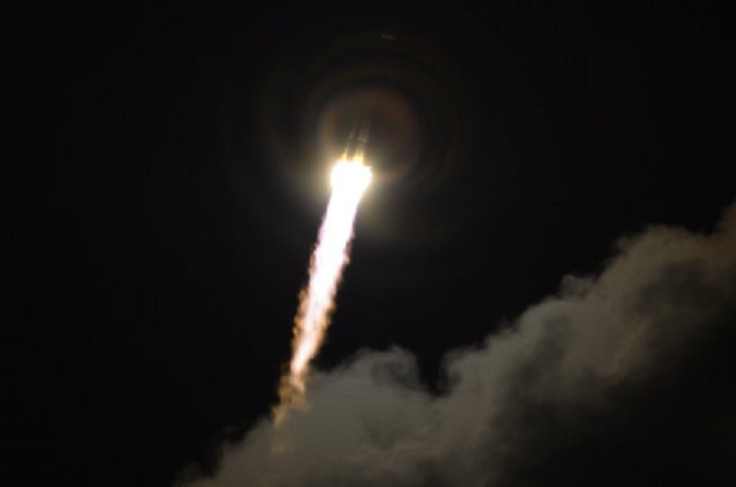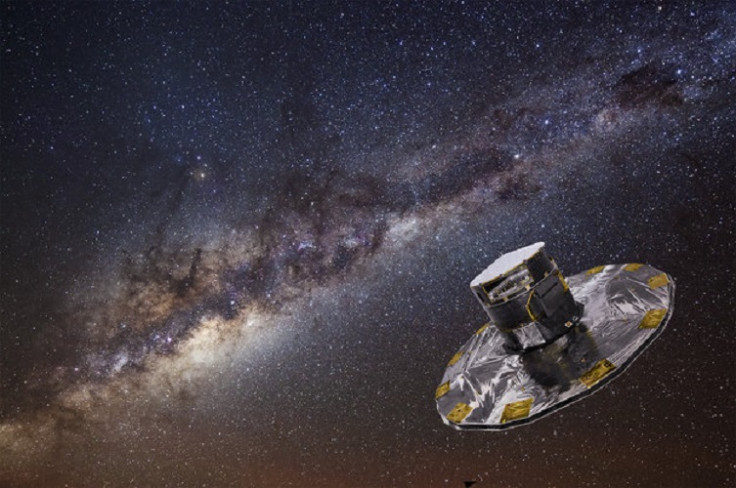European Space Agency Launches Gaia Mission to Study a Billion Stars

The European Space Agency has launched a mission to study a billion stars to create the most accurate map of the Milky Way to date.
The ESA's five-year Gaia mission blasted from its Spaceport in Kourou, French Guiana, on a Soyuz rocket.
It will make accurate measurements of the positions of around one percent of the total population of the 100 billion stars in the universe and will answer questions about our galaxy.
Jean-Jacques Dordain, ESA's director general, said: "Gaia promises to build on the legacy of ESA's first star-mapping mission, Hipparcos, launched in 1989, to reveal the history of the galaxy in which we live.
"It is down to the expertise of Europe's space industry and scientific community that this next-generation mission is now well and truly on its way to making ground-breaking discoveries about our Milky Way."
The spacecraft will observe the billion stars an average of 70 times each over the five years and will track their position and physical properties, including brightness, temperature and chemical composition.

These elements will provide scientists with clues about the galaxy's history so they can develop a "family tree" for the Milky Way.
Astronomers will be able to establish where stars came from and how the galaxy was assembled from merging smaller galaxies, as well as learning more about its eventual fate.
It will also discover thousands of supernovas, star deaths and new asteroids entering our solar system.
Alvaro Gimenez, director of science and robotic exploration at the ESA, said: "Gaia represents a dream of astronomers throughout history, right back to the pioneering observations of the ancient Greek astronomer Hipparchus, who catalogued the relative positions of around a thousand stars with only naked-eye observations and simple geometry.
"Over 2000 years later, Gaia will not only produce an unrivalled stellar census, but along the way has the potential to uncover new asteroids, planets and dying stars."
Timo Prussti, project scientist for Gaia, added: "Along with tens of thousands of other celestial and planetary objects, this vast treasure trove will give us a new view of our cosmic neighbourhood and its history, allowing us to explore the fundamental properties of our Solar System and the Milky Way, and our place in the wider Universe."
© Copyright IBTimes 2025. All rights reserved.






















